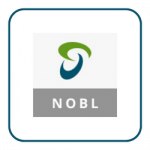This content represents the writer’s opinions and research and is not intended to be taken as financial advice. The information presented is general in nature and may not meet the specific needs of any individual or entity. It is not intended to be relied upon as a professional or financial decision-making tool.
Dividend investing is a very good way to preserve your wealth by only using the income from your investments. But it’s also great to have this benefit while keeping portfolio volatility low.
This can be useful for those who 1) can’t stand volatility or/and 2) might need to make withdrawals during market turmoil periods.
Fortunately, there are ETFs like the Invesco S&P 500 High Dividend Low Volatility that are constructed to do both at the same time.
In this article, we will help you understand what this ETF is all about in detail, explore why this ETF can be important for you, and explain some of the risks involved when investing in ETFs.
Let’s get into it…
Table of Contents
Overview
Invesco S&P 500 High Dividend Low Volatility is an ETF created by Invesco in 2012 and is listed on NYSE Arca with the ticker symbol “SPHD”.
Its goal is to track the S&P 500 Low Volatility High Dividend Index. It will hold a minimum of 90% of its assets in stocks included in that index which consists of 50 stocks with low historical volatility that have provided a high dividend yield in the past.
The ETF, along with the index, is rebalanced semi-annually (January and July). As for the fund’s expense ratio, it is 0.3%.
As for Invesco, this company has been in business since 1978 and holds USD 1.61 trillion in assets under management.
Portfolio Construction
The portfolio consists of 51 stocks as of 2/7/2023. They belong to various sectors such as Real Estate (19.9% allocation), Utilities (15.62%), Consumer Staples (12.47%), Financials (10.33%), and more.
Below, you will find a list of its 10 biggest positions as of February 2023…
| Company | Ticker | Market Cap | Allocation (%) | |
| 1 | Altria Group Inc | MO | 83.85B | 3.08 |
| 2 | AT&T Inc | T | 139.57B | 3.04 |
| 3 | Verizon Communications Inc | VZ | 173.38B | 2.97 |
| 4 | Boston Properties Inc | BXP | 11.50B | 2.74 |
| 5 | Simon Property Group Inc | SPG | 44.11B | 2.69 |
| 6 | International Paper Co | IP | 14.42B | 2.66 |
| 7 | Kinder Morgan Inc | KMI | 41.13B | 2.66 |
| 8 | Dow Inc | DOW | 42.36B | 2.54 |
| 9 | Walgreens Boots Alliance Inc | WBA | 31.29B | 2.34 |
| 10 | Williams Cos Inc | WMB | 38.61B | 2.33 |
Performance
Now, let us examine the returns of SPHD through various time frames to understand its overall performance in relation to its benchmark. Note that the returns of the fund below reflect a change in its market price and not in its net asset value.
First, since inception (up to 2022) the ETF returned an average of 9.99% per year. The index changed by an average of 10.34% during the same period.
Looking at its 10-year performance (2012-2022), it grew by an average compound rate of return of 10.11%. The index changed by 10.48%.
Examining a more short-term period, now, during the last 5 years SPHD’s price increased by an average annual 5.77% and the index by 6.11% in the same period.
Last, the fund’s average return per year in the last 3 years was 7.04%, while the index increased by 7.31% per year.
As for its distribution rate (calculated as the most recent distribution of dividends annualized and divided by the current NAV), it was 3.81% as of 2/7/2023.
What is Special about this ETF?
Arguably, the most special feature of this ETF is its attempt to provide low-volatility returns and dividends at the same time.
But more specifically, SPHD will be an excellent choice for retirees or those who are approaching retirement.
Frequent withdrawals may not impair the performance as much as they would with holding an S&P 500-tracking ETF because of the lower overall volatility of SPHD. And at times when the dividend income may be insufficient for the investor, withdrawals could be the only solution.
How to Buy in this ETF?
All you need to invest in this ETF is to understand why this is an excellent choice. This is a prerequisite to thinking about how much to invest and how long.
At the same time, if you just want one of the two (dividend income or low volatility), there are ETFs out there that specialize in one of them alone.
This is strictly for someone who will benefit from low-volatility returns and a decent dividend yield.
Now, as for the allocation, you should gauge it based on how much exposure to low-volatility dividend-paying equities you want to get.
If you’re looking for diversification here, one very important thing to keep in mind is what other ETFs or stocks you have in your portfolio. If you already hold an ETF that tracks the S&P 500, for instance, trading SPHD will not help you diversify because you will already own the stocks included in it.
In any case, now that you understand what this ETF is all about, it’s best to consult a financial advisor before you go ahead and trade it. They will be able to look at your unique financial situation and advise you on how to approach investing in it.
How to Buy in Invesco S&P 500 High Dividend Low Volatility ETF (SPHD)
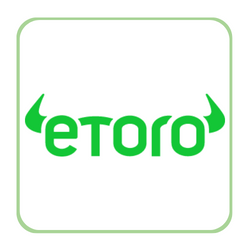
eToro is one of the best options if you want to trade Invesco S&P 500 High Dividend Low Volatility ETF (SPHD). As a reputable online broker, eToro offers a user-friendly platform with a wide range of options for both beginner and professional traders. In this mini guide, we will walk you through the process of opening an account on eToro and investing in SPHD.
Step 1: Open your Personal Account
To begin, you will need to create an account on eToro. Visit the eToro homepage and click on the “Join Now” or “Sign Up” button. You will be directed to the registration page where you can enter your personal information, including your name, email address, phone number, and password. Once you’ve completed the form, click “Create Account” to proceed.
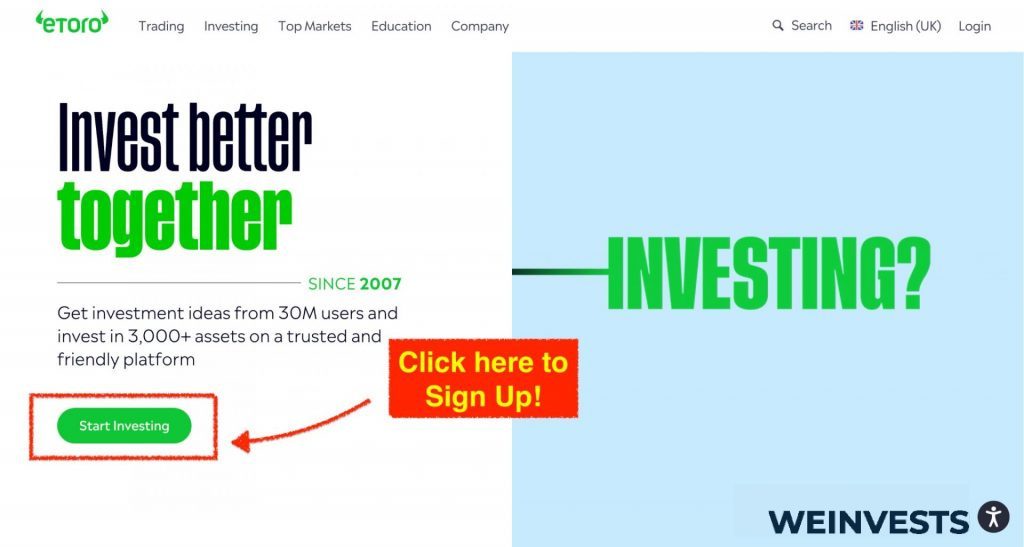
Step 2: Upload ID
As part of eToro’s KYC (Know Your Customer) process, you will be required to upload proof of identity. You can do this by uploading a clear, high-resolution image of your ID or passport. Make sure that all relevant information, such as your name, date of birth, and document expiry date, is visible.
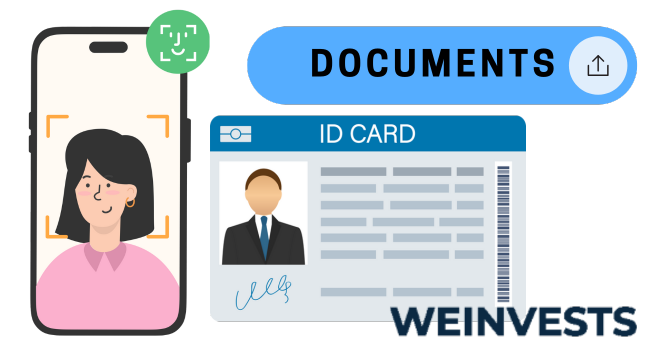
Step 3: Make a Deposit
Next, you will need to deposit funds into your eToro account. Log in to your account and click on the “Deposit Funds” button. You can choose from several payment methods, such as credit/debit card, PayPal, or wire transfer. Be sure to check the minimum deposit amount and any fees associated with your chosen payment method.
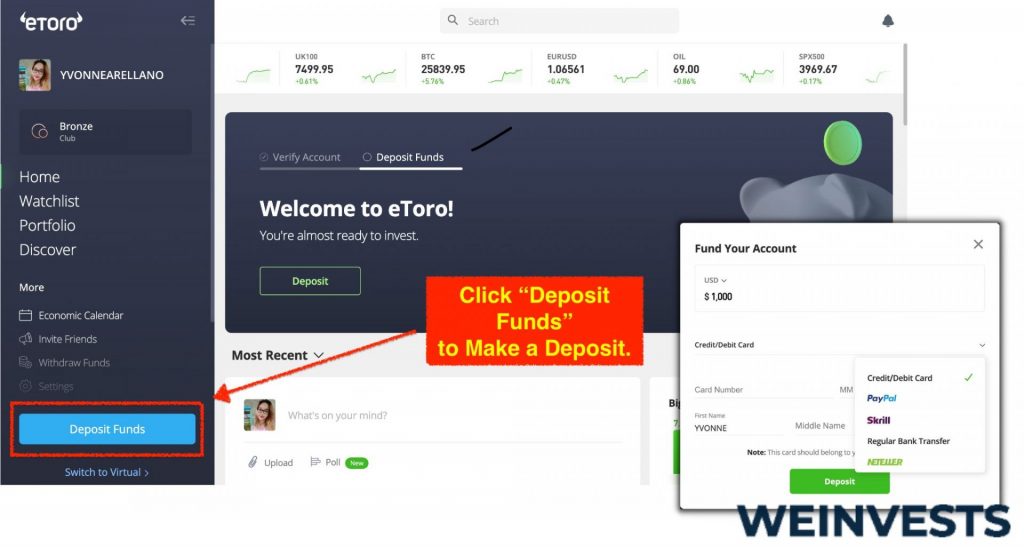
Step 4: Search for SPHD
Once your account is funded, you can search for the Invesco S&P 500 High Dividend Low Volatility ETF (SPHD) on the eToro platform. Use the search bar at the top of the page and type in “SPHD” or “Invesco S&P 500 High Dividend Low Volatility ETF.” Click on the search result to be directed to the ETF’s page.
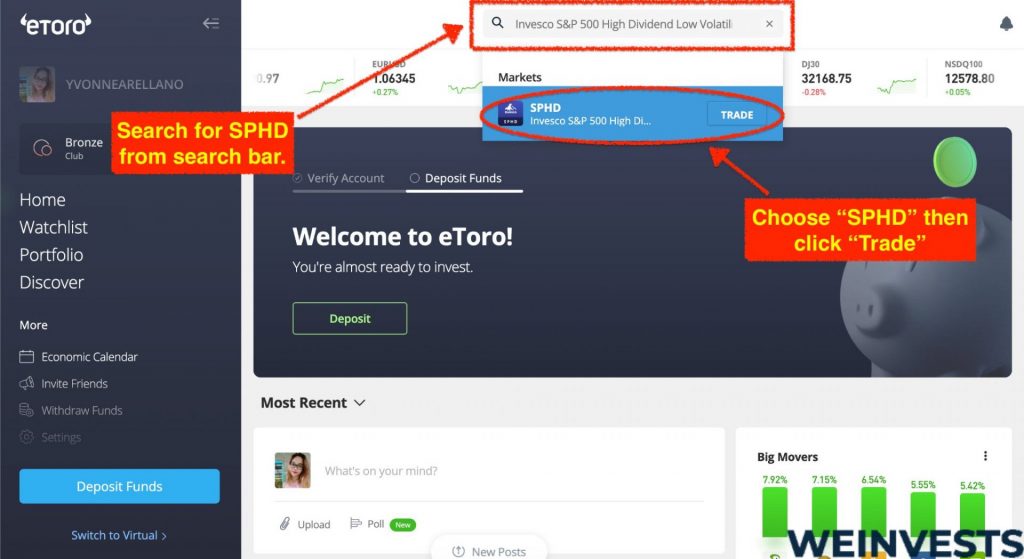
Step 5: Trade Invesco S&P 500 High Dividend Low Volatility ETF (SPHD)
To trade SPHD, click on the “Trade” button on the ETF’s page. A new window will open, allowing you to input the amount you wish to invest and set additional parameters such as stop loss and take profit levels. Once you’ve filled in the required information, click “Open Trade” to complete the transaction. Congratulations! You have now successfully invested in the Invesco S&P 500 High Dividend Low Volatility ETF (SPHD) on eToro.
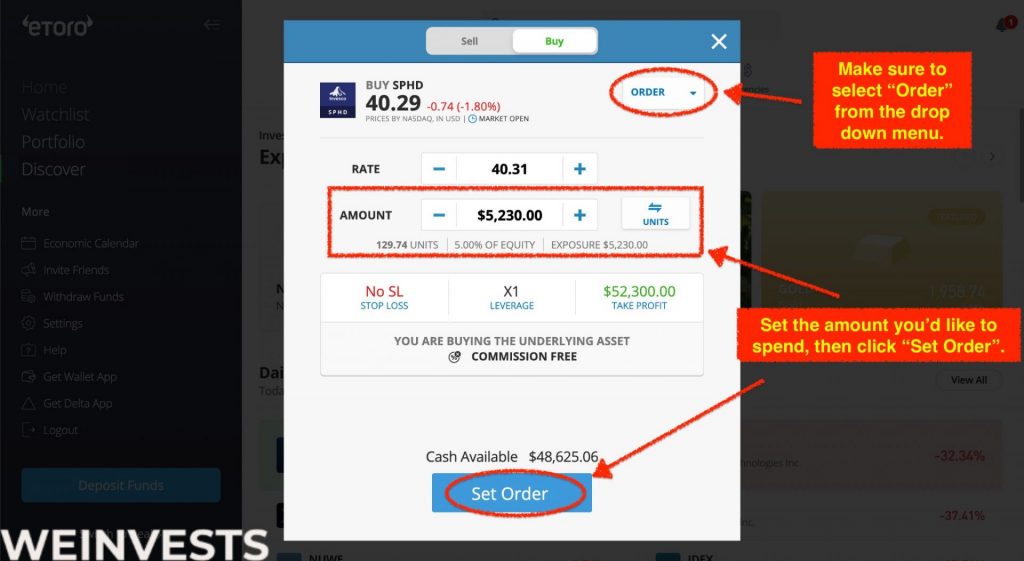
Risks of Investing in ETFs
Be aware that just like all investment vehicles, ETFs carry risks and there’s always a chance of significant capital loss. For this reason, in this section, we will go over these risks…
Market risk is the risk associated with a general decrease in the broad market’s value. This is even more pronounced in ETFs that invest in stocks with a large market capitalization that are also part of a broad-market index like the S&P 500.
So, in particular to SPHD, a market crisis may affect its performance more directly than others. However, since the specific ETF selects low-volatility stocks, it may not be affected as much as one that doesn’t, all else being equal (including investing in S&P 500 constituents).
The sector risk is associated with a decrease in the value of a specific industry a company that an ETF holds is in. So, if a sector realizes a shrinking period, that can negatively impact returns of an ETF that has invested in stocks in that sector.
However, ETFs like SPHD manage that risk quite well because they diversify their holdings across many sectors. Nevertheless, if a sector that reflects a large part of an ETF’s holdings goes through a difficult time, this can negatively affect the fund’s performance.
Liquidity risk is the danger of not successfully liquidating your position in an ETF. As you can imagine, this is more pronounced in ETFs that have a low trading volume at the time you will need to sell.
ETFs are in general very liquid and unsuccessful trading because of low trading volume is not a common occurrence. Unless, of course, there is a general market crisis and the volume dries up.
Conclusion
SPHD is a very unique ETF and it will mostly appeal to a very specific group of people. Nevertheless, retirees or soon-to-be ones are not the only ones who can benefit from it.
Saving for a specific goal like trading a car or a house which can take multiple years is a need that SPHD can help you with. The low volatility will decrease the risk of liquidating after a very big drawdown. And the dividends you receive can help you take care of other needs in the meantime.
All in all, this is a great ETF and the expense ratio is not outrageously higher than what broad-market ETFs charge.
Just make sure that you take the advice of a financial advisor before you trade it. There are so many parameters here that you need to consider and a professional will be able to flesh them out for you.
FAQ (Frequently Asked Questions)
What is an ETF?
Exchange-Traded Funds (ETFs), as their name describes, are funds that can be traded on stock exchanges like stocks.
When you trade an ETF, you trade a fund that invests in securities or assets like stocks, bonds, commodities, derivatives, etc.
An ETF is a securitized fund that offers you access to its underlying assets by trading its shares. Just like you would get partial ownership of the assets of a company if you bought some of its shares.
What’s the Difference Between ETFs and Mutual Funds?
Simply put, the difference is that ETFs are traded on stock exchanges, while mutual funds aren’t.
If you trade an ETF, you do so by purchasing its shares in the open market. With mutual funds, however, you trade them directly from the issuing companies.
So, ETFs and mutual funds are both investment funds but are set up differently and have differences in the way they are traded.
What’s the Difference Between ETFs and Index Funds?
Index funds are called those that employ a passive strategy which is all about tracking the performance of an index.
They are the opposite of actively managed funds which generally try to outperform an index.
ETFs, now, can be index funds and most of them are because most ETFs employ a passive strategy. You can think of an index fund as a type of fund that relates to the fund’s strategy and an ETF as a type of fund that relates to the fund’s structure.
How Much Do ETFs Cost?
ETF costs vary according to how complex the strategy is to run. For this reason, actively managed ETFs generally charge a higher expense ratio than passive ones.
Expect active ETFs to charge as much as 1% and passive ones as little as 0.03%. But this is just a rule of thumb as there could be actively managed ETFs that are less expensive than some passive ETFs.
WeInvests is a financial portal-based research agency. We do our utmost best to offer reliable and unbiased information about crypto, finance, trading and stocks. However, we do not offer financial advice and users should always carry out their own research.
Read More






